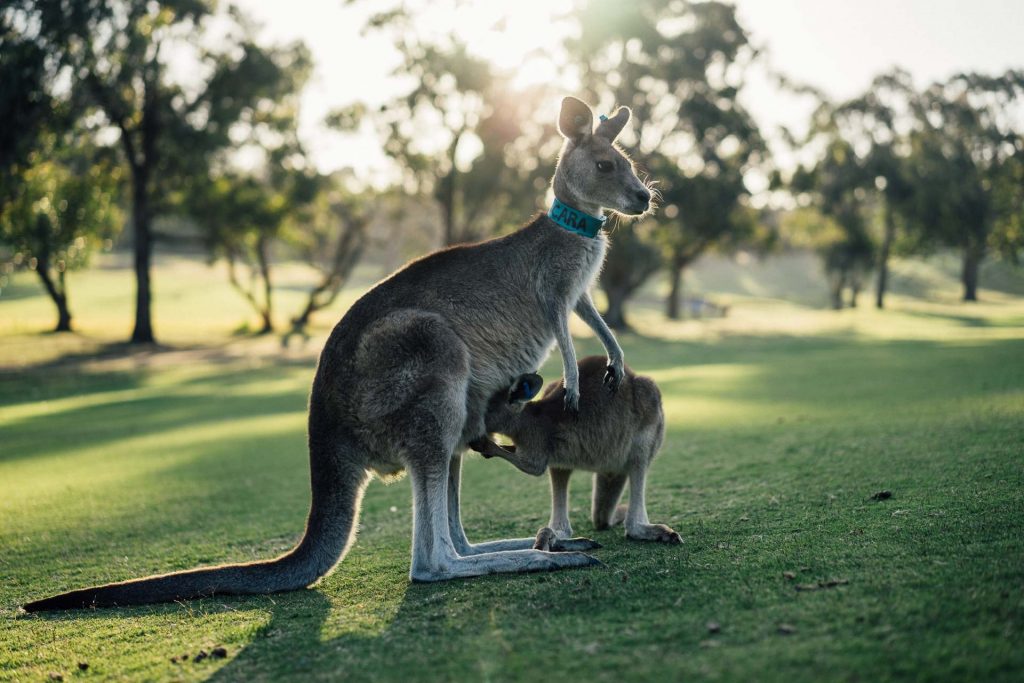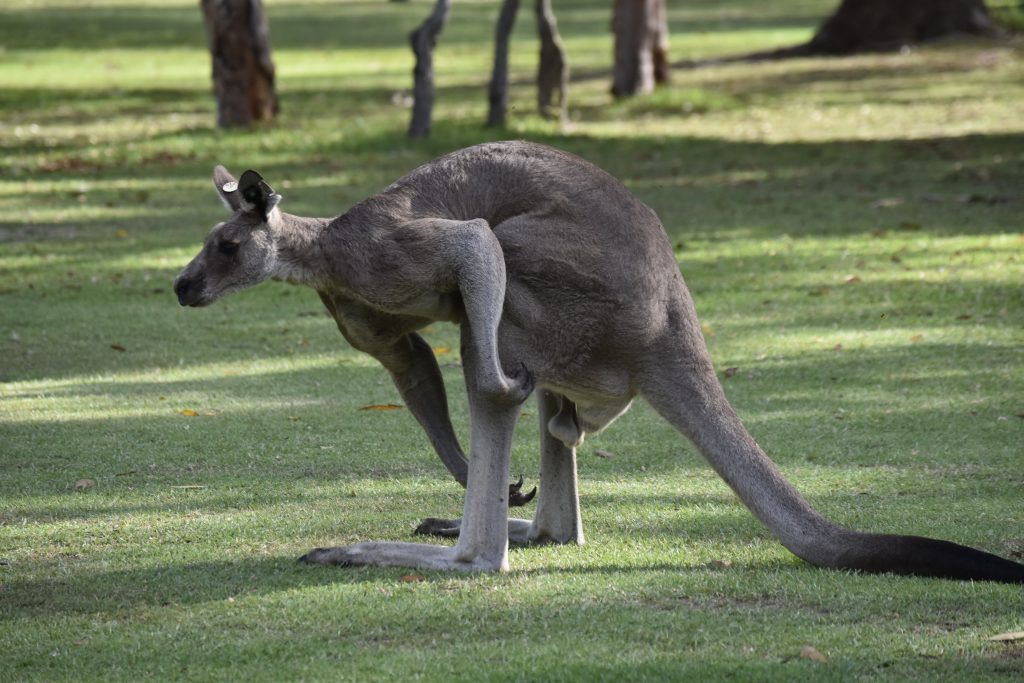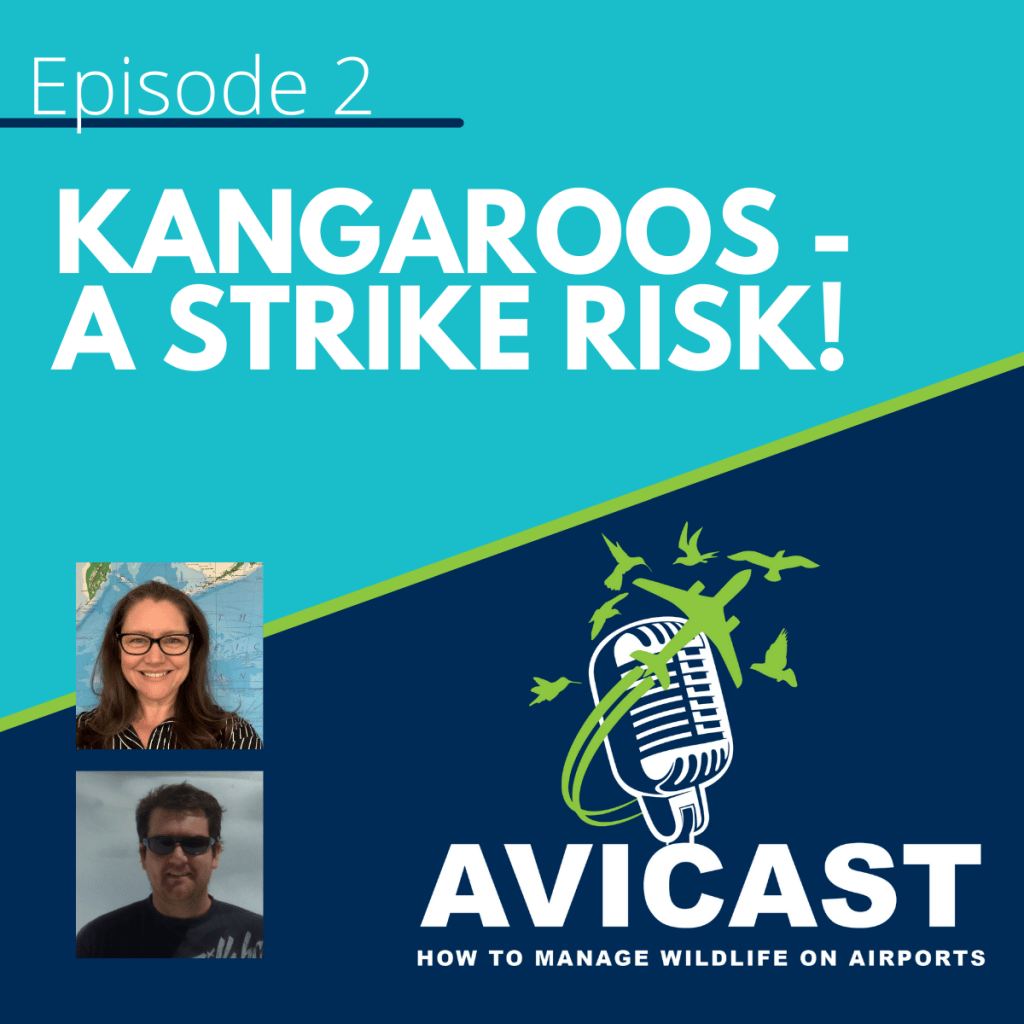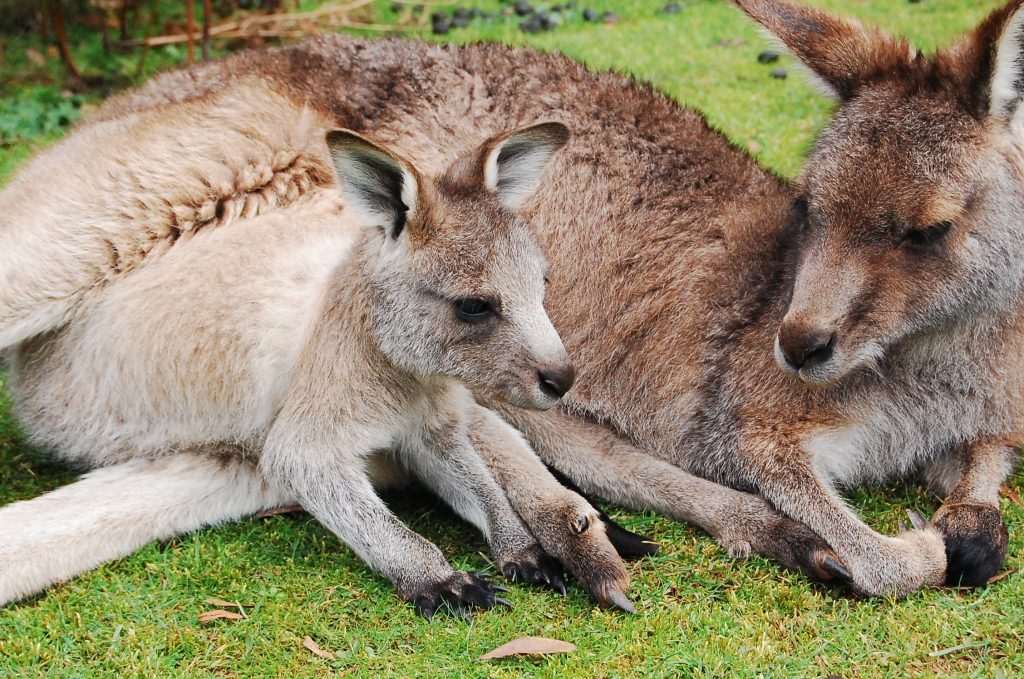In the southern hemisphere, kangaroos have the dubious distinction of topping the Australian Transport Safety Bureau’s (ATSB) statistics for the number of damaging strikes by a terrestrial animal. Fifty per cent of the 100 reported kangaroo strikes over the past 10 years resulted in aircraft damage, with 10 per cent causing serious damage. Not surprising given their size: an adult male can weigh up to 90 kg and stand at over 2 metres tall.
The term ‘kangaroo’ generally refers to four species: the red, eastern grey, western grey and antilopinus (so-named because of its antelope-resembling coat). The reds and greys are found throughout Australia, although the antilopinus, Australia’s only tropical species, is limited to northern Australia. They, therefore, pose a significant hazard, especially to regional aviation.
Kangaroos are perfectly adapted to Australia’s boom and bust ecosystem, thriving because of their ability to breed continuously in good seasons. The female can have a joey in the pouch and a tiny, undeveloped embryo following behind. If the conditions are not right, the female can put a hold on the embryo’s development until they improve, an ability known as embryonic diapause. Kangaroo numbers can therefore outstrip resources in good seasons.
Kangaroos are a significant aviation wildlife hazard for several reasons: their size; their tendency to move in large groups (mobs); they are most active at dawn and dusk, and they are not good at avoiding fast-moving objects such as aircraft.
Traditional dispersal tools – stockwhips, pyrotechnics etc.—are not effective in moving kangaroos along, as they panic them, worsening the situation. Your approach should be slow and steady, aiming to move them calmly to a safe zone, funnelling through to an open gate, for example.
The best management is to exclude kangaroos completely, with good fences of an appropriate height and integrity. Keep in mind, however, that kangaroos can not only clear two-metre fences, but also burrow underneath, so you also need to consider gates and drains when kangaroo-proofing airside.
Listen to more kangaroo management advice from Avisure’s principal biologist, Will Jamieson, in conversation with Kylie Patrick, Avisure’s principal consultant on the Avisure podcast, Avicast.





